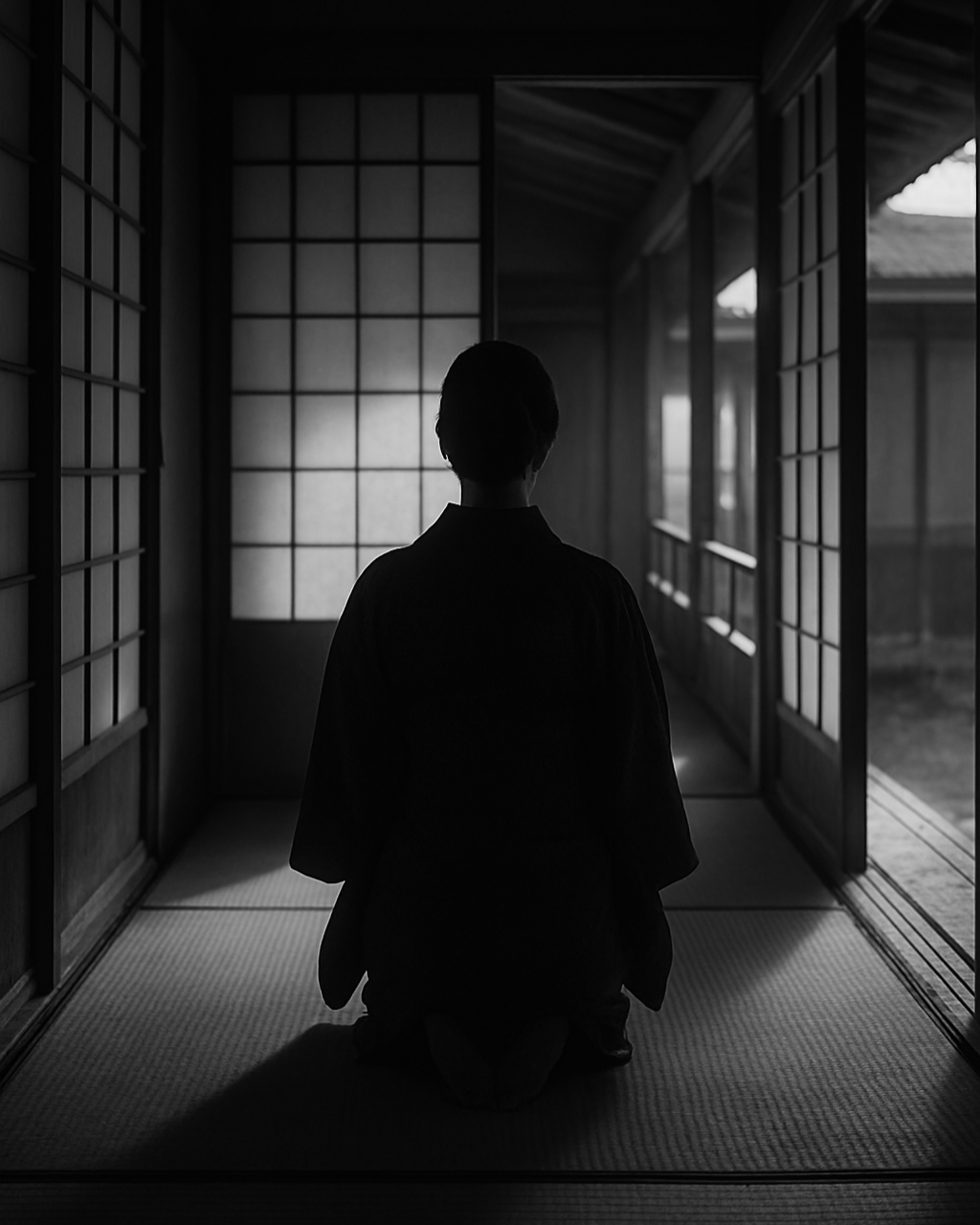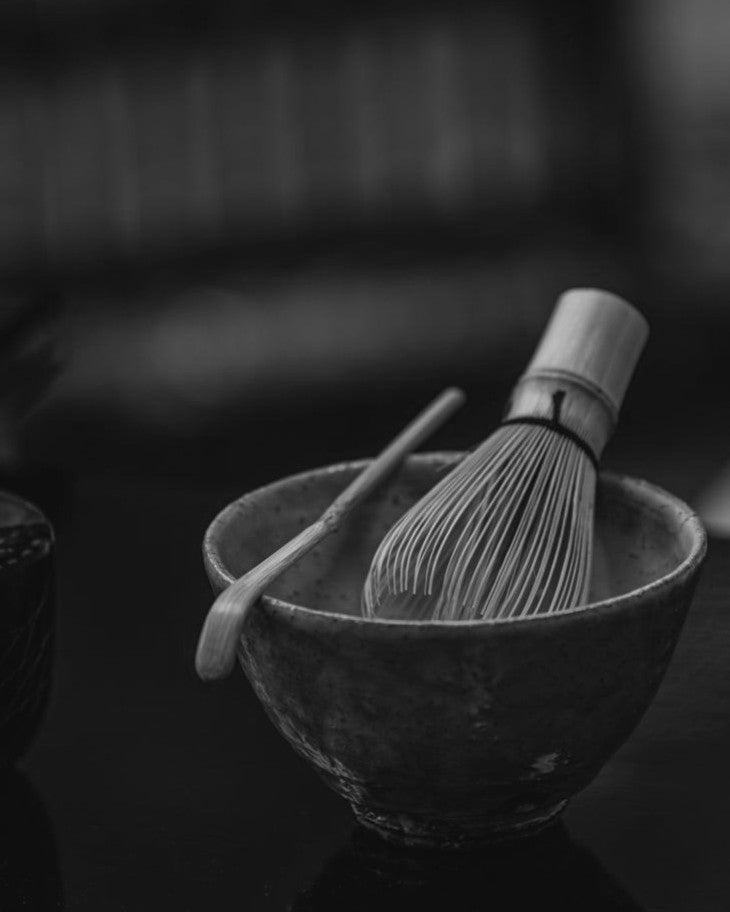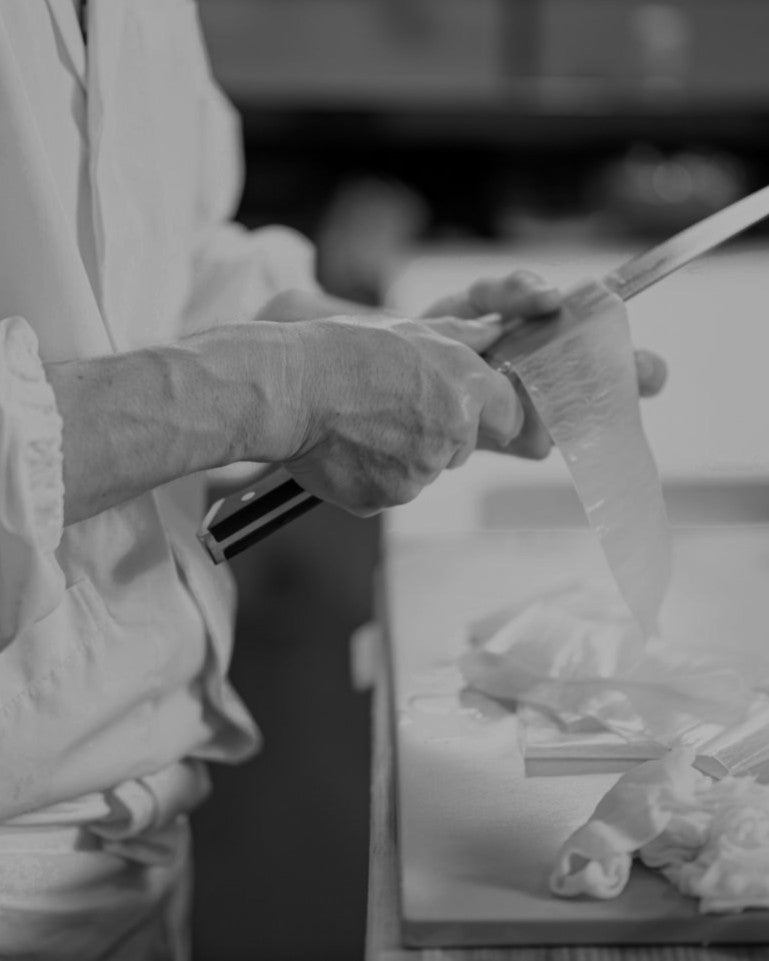A simple yet profound food culture that values balance and the seasons.
The term “washoku” is widely known around the world, but the fact that its basic form is a style called “一汁三菜 - ichiju sansai” is not yet widely known. This simple composition of a staple food, soup, and three side dishes has shaped a food culture that is not only healthy but also in tune with the rhythms of nature and daily life throughout the four seasons.
“一汁三菜 - ichiju sansai” is the basic form of traditional Japanese home cooking, consisting of rice, soup, a main dish, and two side dishes.
The characteristic of this eating style is that it naturally leads to a healthy diet because it allows you to consume a variety of ingredients such as meat, fish, vegetables, seaweed, and beans all at once. Additionally, by incorporating seasonal ingredients, you can not only enjoy the taste but also feel the changing seasons through the appearance and aroma of the food.
Furthermore, the emphasis on the arrangement of dishes and table settings is a distinctive feature. The placement of “rice on the left and soup on the right” reflects consideration for the diner and the accumulation of long-standing traditions.
In modern times, meals in Japan have become more simplified, and dining out has increased. Even at restaurants, the “one soup, three dishes” format remains the standard. This basic form of meals that nurtures both mind and body has deeply rooted itself in many households.
This simple food culture embodies modern sustainable values that are more than sufficient. “Making choices that are kind to the earth” and “respecting life through food” are messages that we want to pass on to the next generation of children.
A story of quiet mind and peace, on your skin.
Japanese culture and Buddhist teachings breathe a spirit that guides one toward harmony within connections to nature and others.
Amidst busy days, some choose to inscribe Japanese kanji tattoos as a way to make that spirituality a talisman for their way of life.
haikei designs are not mere decoration; they reflect your inner spirituality and serve as expressions that guide your life's path.
Furthermore, the words of kanji carry a quiet prayer: a prayer for peace for all people worldwide, born from the realization of the preciousness of valuing yourself and, in turn, valuing others equally.
Read more

Placing your mind in the present moment. This is the wisdom of Zen, which has continued for over a thousand years. We are connected to the world at an unprecedented speed and live surrounded by inf...

The moment when a cup of tea quietly stirs your heart. Leaving behind the hustle and bustle of everyday life, we focus our attention on our guests. How precious is such time in the modern world?The...
